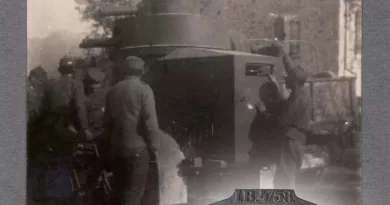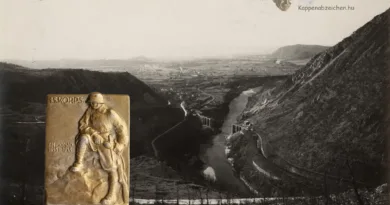Mitrovica
In this series, I have presented badges depicting the settlements and sights within the administrative territory of the Monarchy. In order to keep the section running, we also need to look a little further away because the matching badges are pretty much out of stock. So I will now mainly present badges that depict the characteristic buildings and cityscapes of the territories conquered by the Monarchy.
The first such badge was made about Mitrovica. Mitrovica was the capital of the province of Kosovo and came under the control of the Monarchy in 1916 after the defeat of the Serbian army. The majority of the city’s population was of Albanian nationality, which is also expressed by the mosque that featured the badge. The town is located in the territory of the medieval Serbian state, in the northern part of the region called Kosovo field. This is important because in 1389 the Serbian king fought on this field in a fateful battle with the armies of the advancing Ottoman Empire, which he lost. Subsequently, Serbia and the Balkans came under Turkish rule. Therefore, for the Serbs, the place has a high historical, cultural and identity significance.
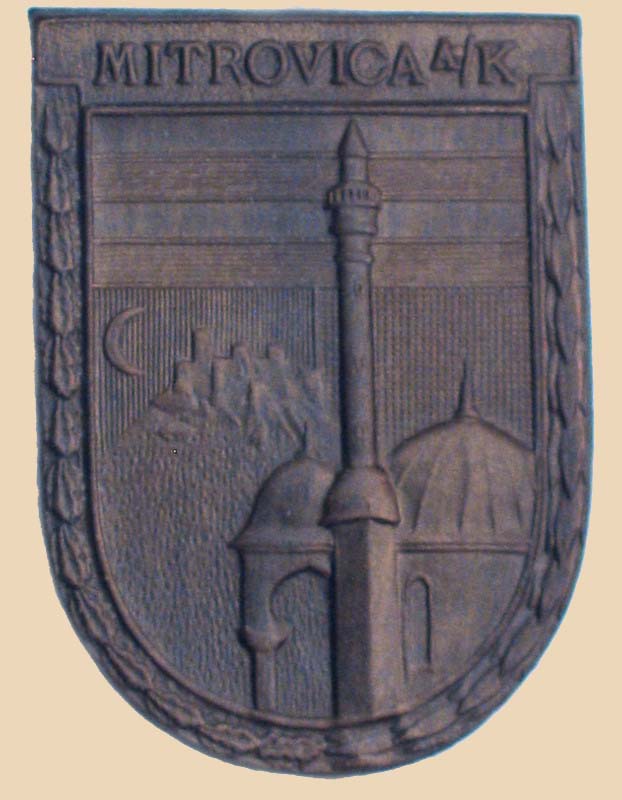
The settlement was probably founded in the 8th century. It was then that the Chapel of St. Demeter was built on a hill above the city. The town was presumably named after the saint (Dimitrovica). It was later one of the centers of the Serbian principality. This is well illustrated by the Zvecan Fortress next to the town, which played an important role during the time of the Kingdom of Serbia. After the Turkish occupation, the development of the city stopped. The Turks established their administrative and military centers in other cities.
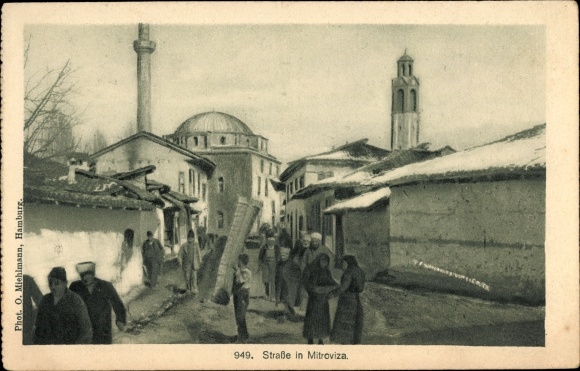
Two of the city’s attractions are presented by a badge made by the Gurschner company. The building in the foreground is the Isa Beg Mosque. The building you see today was built on the site of the old Isa Beg mosque anew. The current mosque was built from donations of the Bayrampasha district of Istanbul after the 1998-99 Kosovo war.
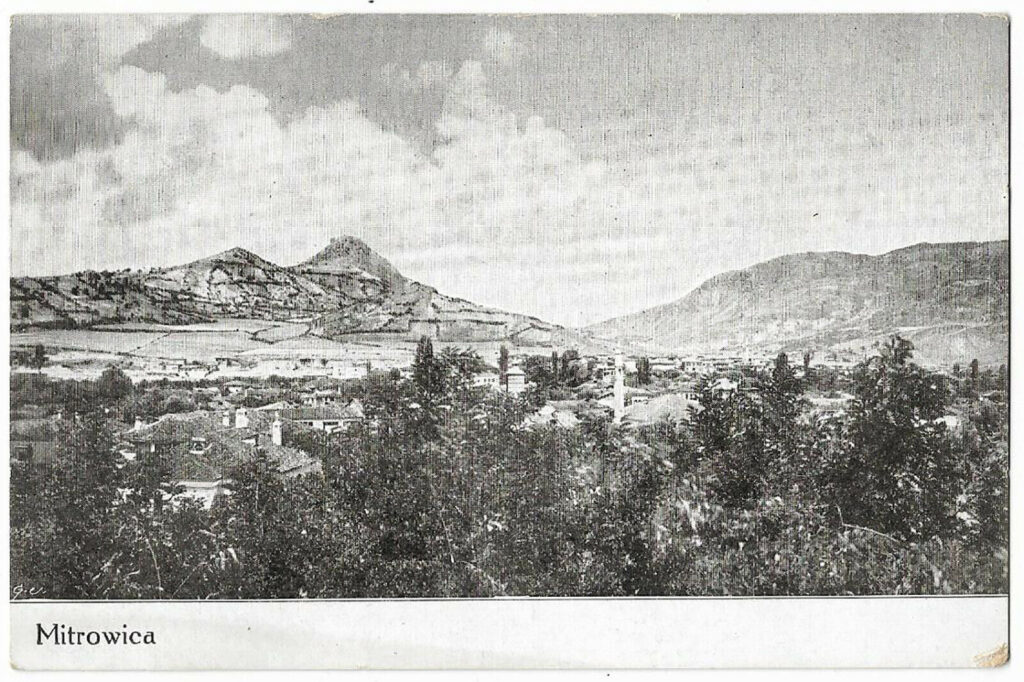
In the background, on the hilltop, the oldest fortress in the Balkans, the Zvecan fortress can be seen. It was built on an 800 meter high volcanic cone. Its first mention in a Byzantine manuscript dates from 1092. At that time it was the southern border point of the Serbian Principality towards the Byzantine Empire. It was also used as a fortress by the Turks until the 1700s and then abandoned, so its condition deteriorated.



